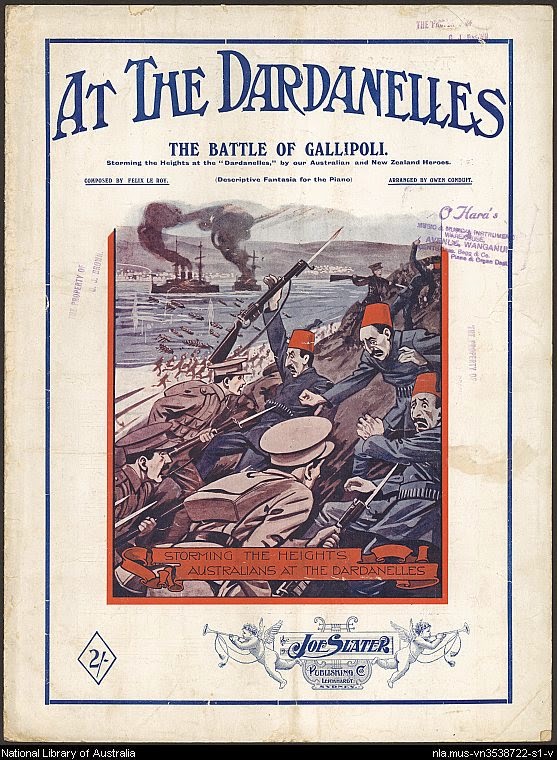596 Corporal Harold Le Plastrier Jackson, Prisoner of War
Harold Jackson, son of Charles and Marion and past pupil of Coburg State
School, was a 24 year old civil servant when he enlisted in October 1916. His
war service was brief. A member of the Australian
Naval and Military Expeditionary Force (AN&MEF), his ship, the SS Matunga, was captured by German
raider en route to Rabaul in July 1917, effectively ending his acitve service.
Studio portrait of 596 Corporal (Cpl) Harold le
Plastrier Jackson.
Image
courtesy AWM. Image P09591.004
By early 1918, Harold Jackson found
himself in a POW camp at Güstrow, Germany. Here he remained until he was
repatriated on 31 December 1918. While in the camp, he performed as a member of
the the ‘Bing Boys’, a Prisoner of War
(POW) entertainment troupe. The following photos were taken on the occasion of
the Second British Pierrot Entertainment at POW camp, Gustrow, Germany.
8 September 1918. Germany:
Mecklenburg-Vorpommern, Gustrow. Theatrical billboard advertising the ‘Bing
Boys’, a Prisoner of War (POW) entertainment troupe on the occasion of the
Second British Pierrot Entertainment at POW camp, Gustrow, Germany. (Jackson is
probably the man in the circle under the name of the group.)
Image courtesy AWM. Image P01981.034
September 1918. Informal group portrait of
Prisoners of War (POW) artists of the ‘Gustrow Bing Boys’ entertainment troupe
at a POW camp at Gustrow, Germany. ‘The Bing Boys Are Here’ was the first of a
series of revues which played at the Alhambra Theatre, London during the last
two years of the First World War and they are the origin of the name used by
the POWs for their production. The performers are wearing pierrot costumes. Harold
Jackson is in this group.
Image
courtesy AWM. Image P03236.214
















